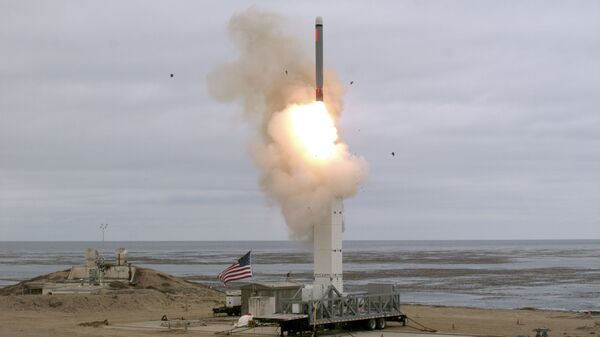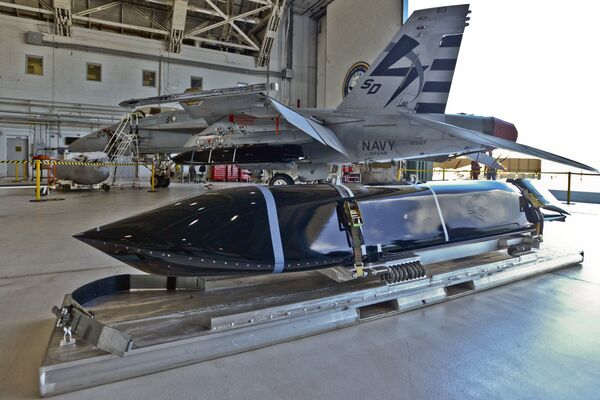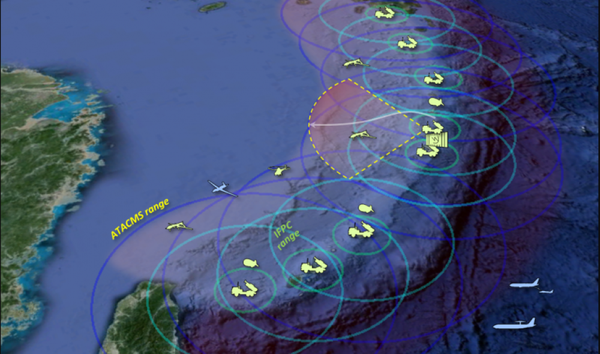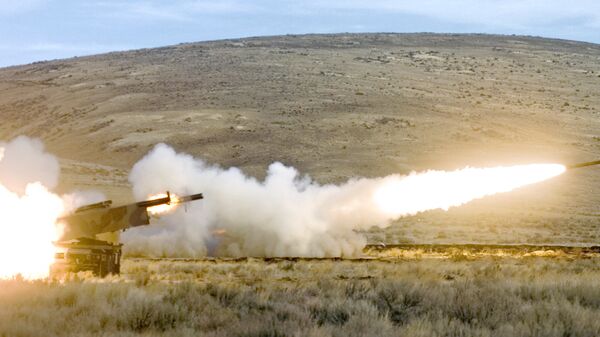The USMC told US lawmakers on Thursday the service plans to make developing a pair of systems capable of sinking enemy warships from land its top modernization priority.
“A ground-based anti-ship missile capability will provide anti-ship fires from land as part of an integrated naval anti-surface warfare campaign,” the Corps said in written testimony to the Senate Armed Services Committee’s seapower subcommittee that was obtained by Defense News.
“This forward-deployed and survivable capability will enhance the lethality of our naval forces and will help to deny our adversaries the use of key maritime terrain.”
INF Treaty Lapse Opens Doors
The Intermediate-Range Nuclear Forces (INF) Treaty between the US and Russia barred development of land-based missiles with the kind of capability the Corps now requires. However, following the US withdrawal from that treaty in 2019, the door is open once more to pursue surface-to-surface missiles with ranges between 310 miles and 3,420 miles.
One of the Corps’ options, the “Maritime Strike Tomahawk,” is a modified version of the Tomahawk cruise missile capable of being launched from land and tracking moving sea targets at up to 1,000 miles (1,500 kilometers) away. The Pentagon test-fired the weapon just 16 days after the INF Treaty lapsed, Sputnik reported, and the Maritime Strike version is expected to be operational by 2023.

Marine Corps Commandant Gen. David Berger told lawmakers Thursday the Corps plans to buy 48 of the new Tomahawks because of the “need to operate in the future as an integrated naval force” under the new National Defense Strategy, which reoriented the Pentagon’s focus from asymmetric warfare against terrorists and insurgents to “great power competition” with Russia and China. The Navy has its own plans for a twentyfold increase in anti-ship missile purchases over the next five years.
The other is the Navy Marine Expeditionary Ship Interdiction System (NMESIS), which is based on the High Mobility Artillery Rocket System (HIMARS) but mounted atop a Joint Light Tactical Vehicle chassis, and which will use a Remotely Operated Ground Unit for Expeditionary Fires (ROGUE-Fires) drone currently in development by the Navy, which has requested $64 million for the project in fiscal year 2021.
NMESIS will be able to fire several existing anti-ship missiles, including the new Naval Strike Missile (NSM) and Long-Range Anti-Ship Missile (LRASM), as well as the old standard, the Harpoon missile. The Harpoon and NSM both have ranges less than 150 miles. In addition, HIMARS is already configured to fire the Army Tactical Missile System (ATACMS), a naval strike version of which has already been tested, even as the land strike version is due to be phased out in favor of the Precision Strike Missile.

“The Naval Strike Missile is identical to the Navy’s over-the-horizon weapon system deployed on the littoral combat ship and will provide the Marine Corps with a missile capable of sea-skimming, high maneuverability, and the ability to engage targets from the side rather than top-down,” the testimony reads. “Enhancements made to the HIMARS and development of the ground-launched cruise missile will further strengthen the capabilities of the entire naval fires enterprise.”
Expeditionary Advance Base Ops (EABO)
NMESIS is slated to play a key part in the Marine Corps’ new doctrine of Expeditionary Advance Base Operations (EASO), an extension of the Forward Operating Base (FOB) concept applied to amphibious warfare.
In the event of a shooting war between the US and Russia or China, Marines would be sent in to quickly establish small outposts on scattered islands that would house batteries of long-range anti-ship and anti-air missiles, creating a “no-go zone” similar to the Chinese and Russian concept of Anti-Access/Area Denial (A2/AD).

The outposts could also develop into forward resupply bases for the Marines’ F-35B jets, which can takeoff and land vertically.
“They are mobile and small. They are not looking to grab a piece of ground and sit on it,” Marine Corps requirements and development chief Lt. Gen. Eric Smith told Defense News last year about EABO. “I’m not looking to block a strait permanently. I’m looking to maneuver.”
Key to this rapid missile deployment is the Marines’ CH-53K King Stallion heavy-lifting helicopter, which is “the only aircraft today that can do what we are asking it to do,” Lt. Gen. Steven Rudder, deputy commandant for aviation, Headquarters Marine Corps, told Breaking Defense in May of last year.
The huge helicopter has, however, suffered significant delays in its development, driving the cost up and its deployment date back to at least 2024, Rudder said. But at 35,800 pounds, HIMARS can really only be moved “a hundred miles from ship to shore” by the King Stallion, as other aircraft can’t handle the weight.

